Building a gingerbread house is perfect for helping keep the family busy over the holiday season! Although gingerbread cookies have been around for a long time, the traditional gingerbread house came to the US with settlers from Germany, where it had grown in popularity with the publishing of the tale of Hansel and Gretel.
To assist you to find the right gingerbread house for your family, we review a selection of the best gingerbread house kits, including complete pre-baked kits, ready to bake kits, molds and even a re-useable gingerbread house! We also explore the interesting history of gingerbread cookies and offer a range of tips to help you make the most from a gingerbread house kit.Quick Comparison: Top 9 Best Gingerbread House Kits
1. Wilton Super Mario Brothers Gingerbread Castle Kit
The Wilton Super Mario Brothers gingerbread castle kit comes with four pre-baked gingerbread castle panels, mushroom shaped gingerbread cookies, sprinkles, gumdrops, mushroom and Super Mario icing decorations It also includes fondant and ready to use icings and a presentation board.
Measuring 7.25" wide by 4.8" deep and 6" high, the manufacturer recommends that you construct the castle three to four hours before decorating. Some buyers have received this kit with broken gingerbread panels which means extra time is needed to ‘glue’ the pieces back together with icing before the castle can be built.
Pros
Cons
2. Wilton Ready-to-Decorate Gingerbread House Decorating Kit
Making a traditional house which is 4.5" high by 5.25" wide and 5.75" deep, the Wilton petite traditional gingerbread house kit comes with all parts, including pre-baked gingerbread panels, ready to use icing and decorating bag and three types of candies.
The box also includes instructions and pictures of two designs to help you build the house. A number of buyers have received this kit broken, which means it has needed some repairs before it can be built, and some buyers have found the ready to use icing did not stick when applied to the house.
Pros
Cons
3. In the Mix Gingerbread Cookie Kit by BRAND CASTLE
Containing ninja cookie cutters, gingerbread cookie mix, royal icing and candy beads, the Crafty Cooking Kits Ninjabread gingerbread cookie kit will make 20 gingerbread ninjas ready for decorating. The cookie mix is dairy free, although processed in a factory that handles dairy. The odd buyer has found the mix to be on the thin side and some consider that the cookies do not taste as good as other gingerbread mixes.
Pros
Cons
4. Juvale Gingerbread House Silicone Mold Kit
Made from food grade and non-toxic silicone, the gingerbread house silicone mold kit includes three molds to bake a gingerbread house, a Santa Claus with sleigh and reindeer, and a snowman and a tree. These molds can also be used for Jell-O, candy, chocolate, fondant, ice cubes, frozen yogurts and more and do not need greasing before use. As well as being oven safe, these are also freezer, microwave and dishwasher safe.
These molds do not come with any instructions or recipes and it can be more difficult to find recipes for gingerbread dough that suit these types of mold. Although the silicone molds are non-stick, some bakers have had better results when they greased before use.Pros
Cons
5. The Candy Cottage
Made from plastic, the candy cottage is a gingerbread house frame which can be iced and decorated, then washed and re-used again. The gingerbread-colored cottage frame quickly snaps together and then dismantles after use. This is a larger house, measuring 10" long and 7" wide and its base extends out further than this.
It can also be quite large for storage as the cottage walls do not fold up. This does need assembling before decorating and it can be awkward to snap the pieces together. The odd buyer has also found that the clips on some parts may not have been molded as well as they should have been.
Pros
Cons
6. Wonka Gingerbread Cottage Candy Kit
Complete with gingerbread and a half pound of candy including Nerds, Runts, Bottle Caps and SweeTARTS, the Wonka gingerbread house kit also comes with a set up tray, ready to use icing and decorating bag. As with any kits, there is a risk of shipping damage to the gingerbread panels, and the ready to use icing may be a little too soft.
Pros
Cons
7. Wilton Build It Yourself Mini Village Gingerbread House Decorating Kit
Complete with pre-baked gingerbread panels, cardboard bases, ready to use icing, decorating bags and candies, the Wilton gingerbread mini village kit makes four different mini gingerbread houses. Although this kit is nut free, it is made in a facility that processes tree nuts.
There is a chance that some of the gingerbread panels may be broken and as the panels have to be broken apart before they can be assembled, this causes more chance of breaking panels. As this kit contains four smaller houses instead of one big house, some buyers can be disappointed with the overall size of the kit.Pros
Cons
8. The Elf on the Shelf Gingerbread House Kit by Cookies U
The Elf on the Shelf gingerbread house kit is a complete kit that comes with pre-baked gingerbread panels, candies, icings, an icing gummy elf character and a smart tray. The kit also includes scene setters for storytelling. There is a risk of receiving this with broken gingerbread panels and some buyers consider there is not enough icing in the kit, so you may need to make extra depending on the decoration.
Pros
Cons
9. Tootsie Roll Gingerbread Cottage Kit
The Tootsie Roll gingerbread cottage kit comes with eight ounces of different Tootsie Roll candies, gingerbread panels, set-up tray and ready to use icing. The odd buyer has struggled to make the roof of this kit as the panels have been on the small side and there is a risk of the kit being received with broken panels.
Pros
Cons
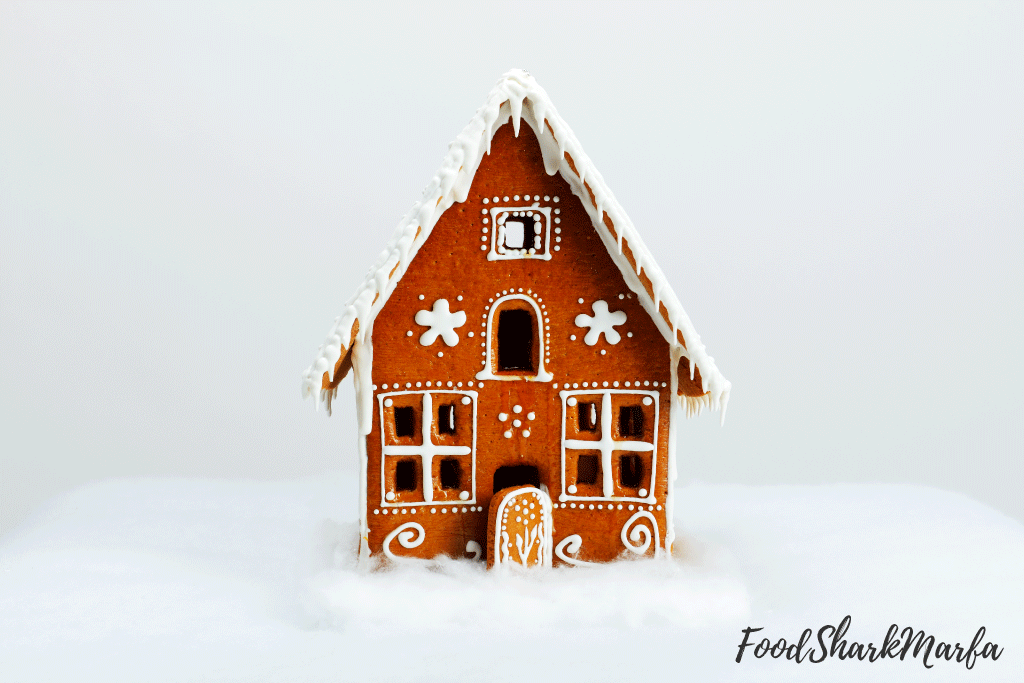
Things to Consider Before Buying A Gingerbread House Kit
In some parts of Europe, gingerbread cookies are actually considered art forms, and in these countries, gingerbread guilds were established as far back as the Middle Ages!
In the seventeenth century, only professional gingerbread bakers were allowed to bake gingerbread cookies, apart from twice a year at Easter and Christmas, when anyone else could bake it without penalty.
Gingerbread cookies have been around for longer than that though. The Ancient Egyptians and Greeks used a type of gingerbread in ceremonies, and the first known recipe came from Greece around 3,500 years ago! Gingerbread developed in Europe during the eleventh century when Middle Eastern Crusaders brought ginger back from the Crusades.
Early recipes for gingerbread cookies were made with ground almonds, breadcrumbs, sugar, rosewater and ginger and the dough mix would be pressed into wooden molds. These molds were often carved as monarchs or religious imagery such as saints, and the finished cookies would then be decorated with edible gold or white icing, depending of course on how rich the householder was!
The gingerbread man was first seen in the court of Queen Elizabeth I, who would present a gingerbread man, made in their likeness, to important visiting guests.
At the same time, breadcrumbs were removed from gingerbread cookie recipes, and instead, flour was added. Gingerbread cookies tied with ribbons evolved into love tokens and could often be bought at fairs and they would often be given as gifts; especially on ‘name days’ (usually the day belonging to the saint who the individual was named after).
Gingerbread cookies would also be crumbled into dishes to hide odors from any meat past its best! As well as from ginger, gingerbread cookies can be made with cloves, cinnamon, cardamom, nutmeg or anise.
Early English settlers brought gingerbread cookies with them to the New World and these cookies were sometimes used in Virginia politics, to sway voters to vote for one candidate instead of another! In the American Cookery book by Amelia Simmons – the first American cookbook – there were three gingerbread cookie recipes, including a softer gingerbread baked into loaves which became a popular recipe.
The decorative gingerbread cookies of these and times is also the root of the ornate ‘gingerbread work’ often seen on colonial coastal homes across the US.
Gingerbread cookies can be shaped differently depending on the recipes and origins. German gingerbread cookies can be the softer lebkuchen or harder cookies made into decorative shapes and often sold at Christmas markets. In Nordic countries, gingerbread cookies are usually thinner and crispy and may sometimes be used as window decorations. Another type of gingerbread cookie, the Bulgarian cookie, is palm sized, thin and crispy, and covered with a layer of chocolate!
The gingerbread house does not have a long and illustrious past like the gingerbread cookie though. Although gingerbread houses were probably already around at this time, it was not until the nineteenth century, when the Brothers Grimm published the Hansel and Gretel fairy tale in Germany, that the gingerbread house (lebkuchenhaeusle) became popular. German settlers then brought the tradition of the gingerbread house to America.
Even today, decorated gingerbread cookies remain a popular part of festive celebrations in a number of countries, along with making gingerbread houses.
The largest gingerbread house to hold the world record for size was built in Texas and spanned nearly 40,000 cubic feet, and yes, it did need a building permit! This house was built with over 7,200 lbs. of flour, 2,925 lbs. of brown sugar, 1,807 lbs. of butter, 7,200 eggs and 68 lbs. of ground ginger – making a 35.8 million calorie gingerbread house!
The largest gingerbread village record is currently held by a New York Sous Chef and this village contains over 1,100 buildings and takes a year to construct.
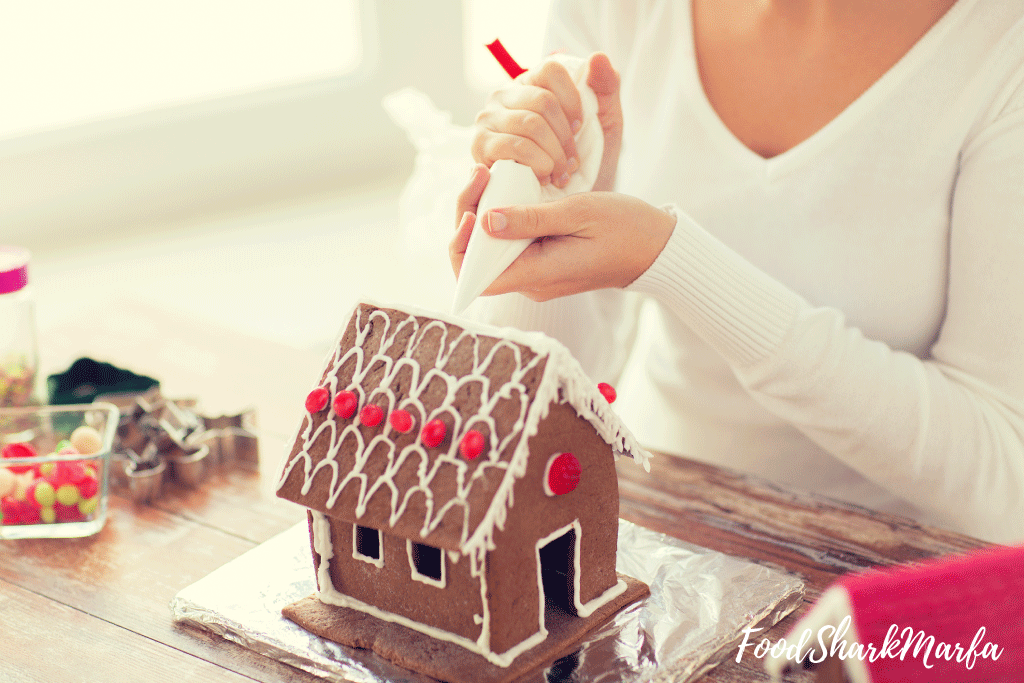
Tips When Constructing A Gingerbread House
Always select the best size kit/s for the space you have to display it and think about what sort of design you want – a traditional house or something a little different.
Allow at least a day for making a kit (to let everything dry properly) and two days if you need to bake the gingerbread panels yourself.
Before you do start building a kit house, get everything ready that you will need for the task. A muffin tin is useful for putting all of the candies in and can help keep some of the mess down!
Open the kit beforehand and check if any of the gingerbread panels are broken. If so, these will need ‘gluing’ with icing and leaving to dry before the house can be assembled.
If you have a kit that needs you to bake the gingerbread cookie dough, then work with the dough on parchment to help prevent it sticking to the countertop and if you do have to cut any panels, then a pizza cutter is useful.
If your gingerbread house kit does not include a base, then you can use a cardboard cake round or cut a piece of cardboard. If you cover it with cellophane, you will be able to reuse/recycle the board after use. Once the base board is ready you will need to pipe some icing onto the base to hold the constructed walls in place.
Kits usually include ready to use icing and frosting. Look for an icing that is a Royal Icing (includes egg whites and sugar) along with cream of tartar this makes a stronger icing for attaching the gingerbread panels together. You will have to use icing if you want to keep the house edible and you can keep the icing soft while working with it if you place a moist kitchen towel over the icing in the bowl.
If the gingerbread house is not going to be eaten, or you can control which parts will be eaten, then you can cheat when putting the house together and use hot glue instead of icing! It is also quicker to use hot glue than icing.
The icing should be at least the consistency of toothpaste when using to fasten the gingerbread panels together and you will find that if your kitchen is very humid when you are doing this, it will prevent it from hardening properly. This means if you can, work in a slightly cooler/dryer area of the house. If you want to color white icing, then color it with a paste food coloring as liquid coloring will thin the icing too much.
If the gingerbread panels are rough where you have had to break them apart, then you can use a fine grater to smooth them off. When attaching the walls, also run a line of frosting along the joints on the inside of the house as this will help stabilize it more and this icing will not been seen once the house is finished.
When putting the roof panels together, stick a piece of folded paper to the back of the roof panels with icing, and then pop a can of soda or bowl under each half of the roof to hold them in place while the icing properly dries.
If you want to add windows to the house, then pop some hard candies (such as Jolly Ranchers) into the window holes and bake the panels in the oven for a few minutes. As the candies melt, they will fill the window holes. If they do not quite fill the hole, then use a toothpick to push some of the melted candy to the edges of the windows.
Once the house is constructed, it should be left for the minimum time specified by the manufacturer, or ideally overnight before it is decorated.
As well as decorating with candies, you may want to grab other snacks from the cupboards. Pretzels, marshmallows, striped gum, candied fruits, popcorn, cookies, crackers and cereals can all be used to decorate with. You can also use sprinkle the house it with confectioners’ sugar for fresh snowfall!
Storing A Gingerbread House
Once a gingerbread house is finished, put it in a suitable display place, ideally one that is cool and dry and out of reach of younger two legged and four legged family members (yes, dogs love gingerbread too!).
If you remember to cover it at night with a piece of plastic wrap this will keep out bugs, dust and moisture. A gingerbread house stored this way should keep for a few months, although the longer you store, the less edible it will become.
If you do want to store a gingerbread house for longer, then you can lacquer it. To do this, make any repairs to it and take off any pieces that you will not be keeping, for example fresh holly or pine. If there are any plastic decorations on the house, you can remove these and store them separately.
Place the house in a warm place for at least a day to dry out any excess moisture it may have picked up in your home. You can then move it into a well-ventilated space and spray with a lacquer bought from any craft store. Start spraying the inner door and window frames first, then move onto the outer structure. It is much easier to use a spray lacquer than a brush on one, as using a brush will probably knock off some of the decorations. You may need to add extra coats of lacquer to make sure it is properly coated.
Once the house has been left to fully dry over a day or so, you can then place it in a box to store.
Conclusion
If you are a novice gingerbread house builder or an accomplished artisan builder, we trust you have enjoyed this article. We have offered a number of tips that you may find useful when constructing a gingerbread house and if you want to keep your family creation around for longer than the next holiday season, then we trust that the section on storing your house has also been helpful.
We also hope that the range of gingerbread house kits reviewed in this article have helped you to choose the best gingerbread house kit; whether you want one for younger family members, or even the bigger kids in the family!
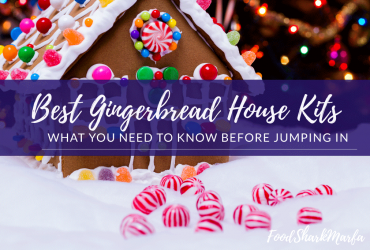
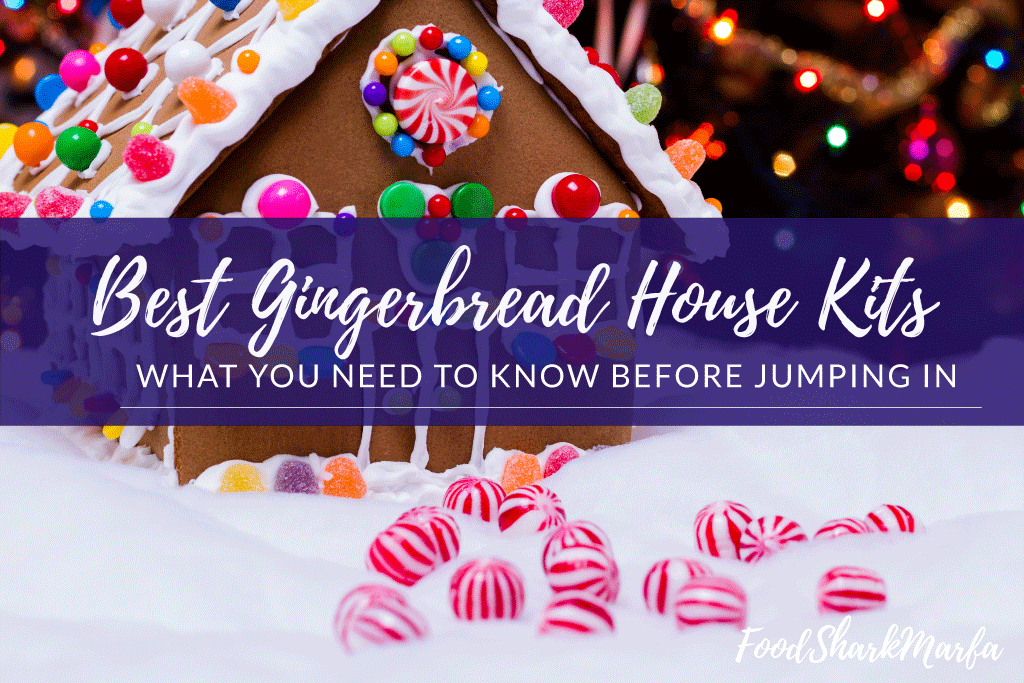
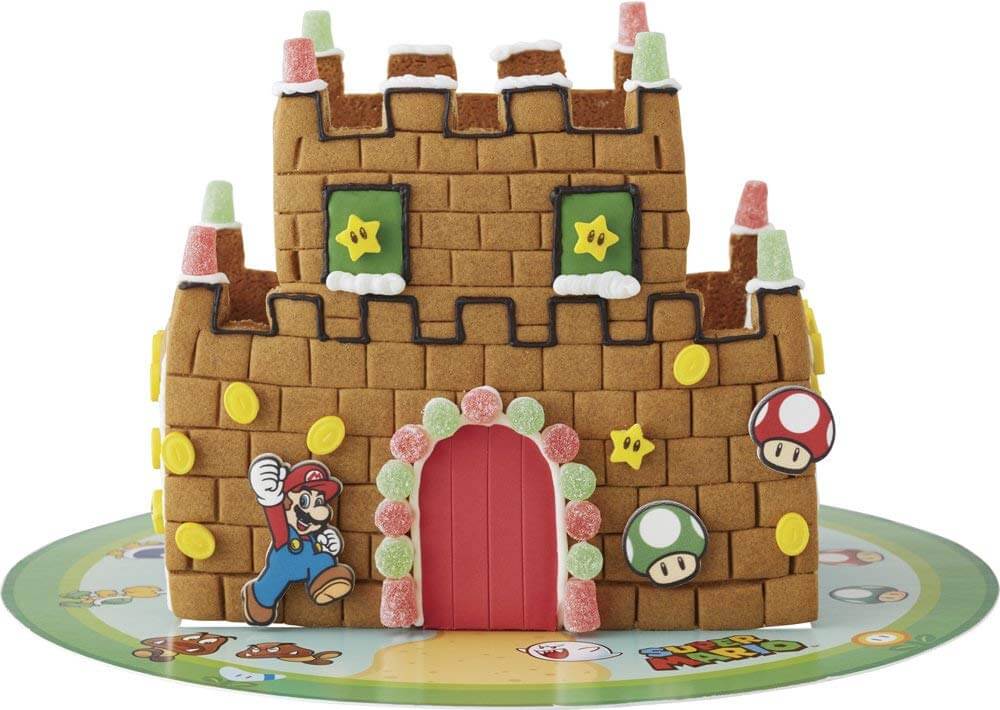
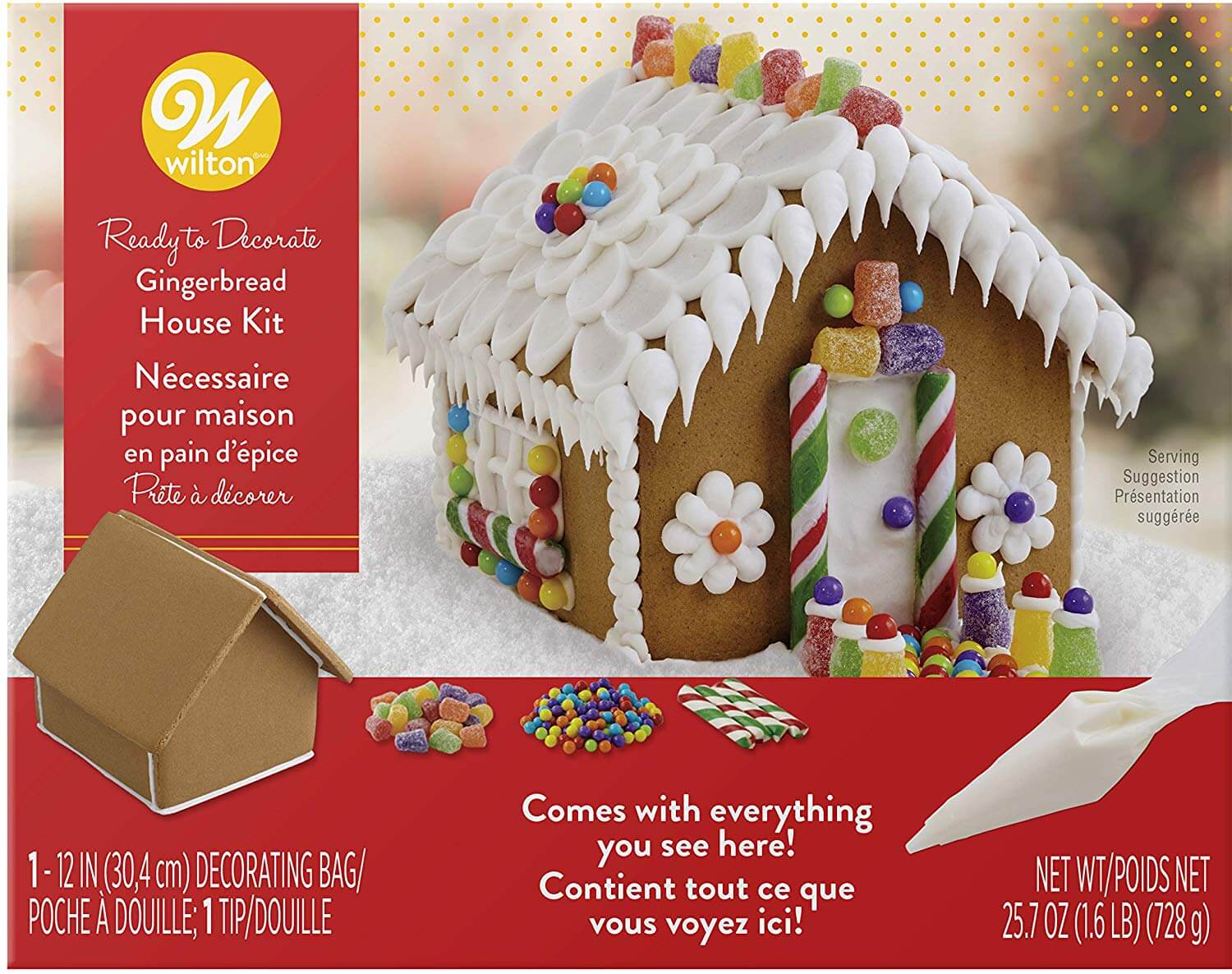
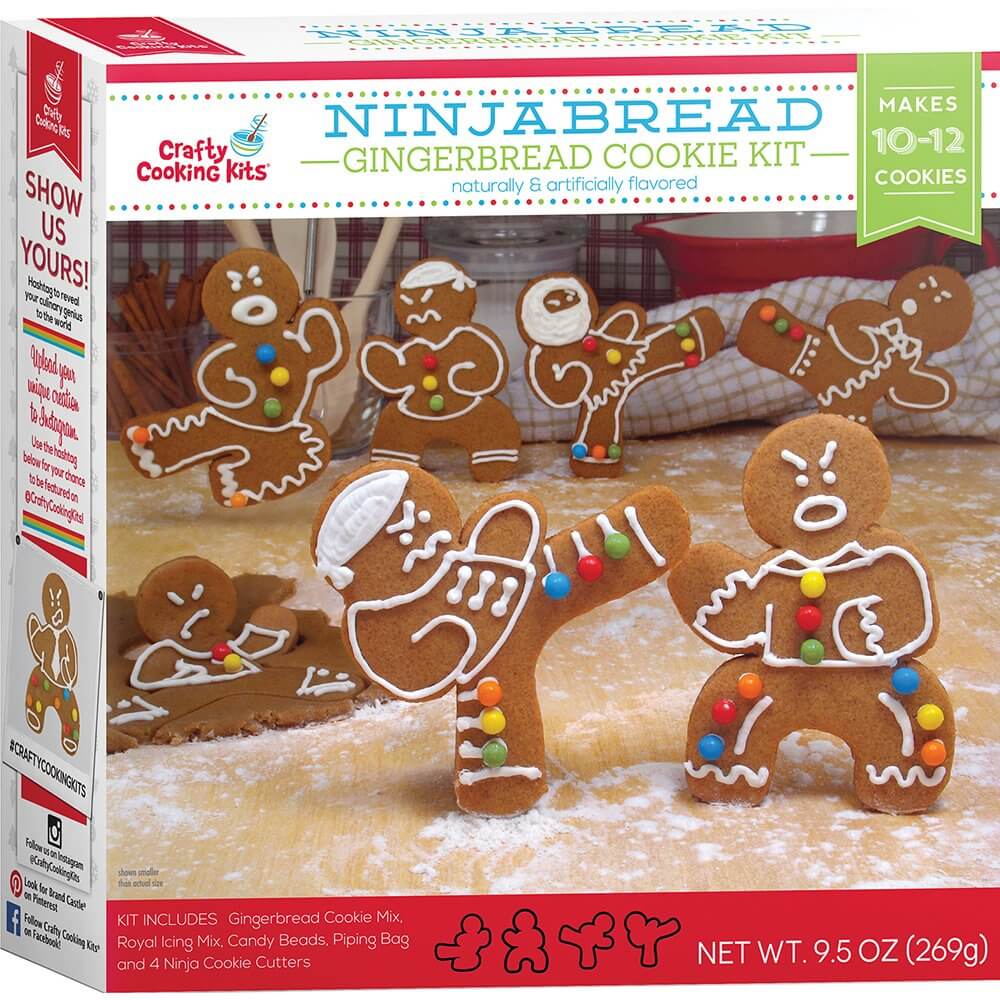
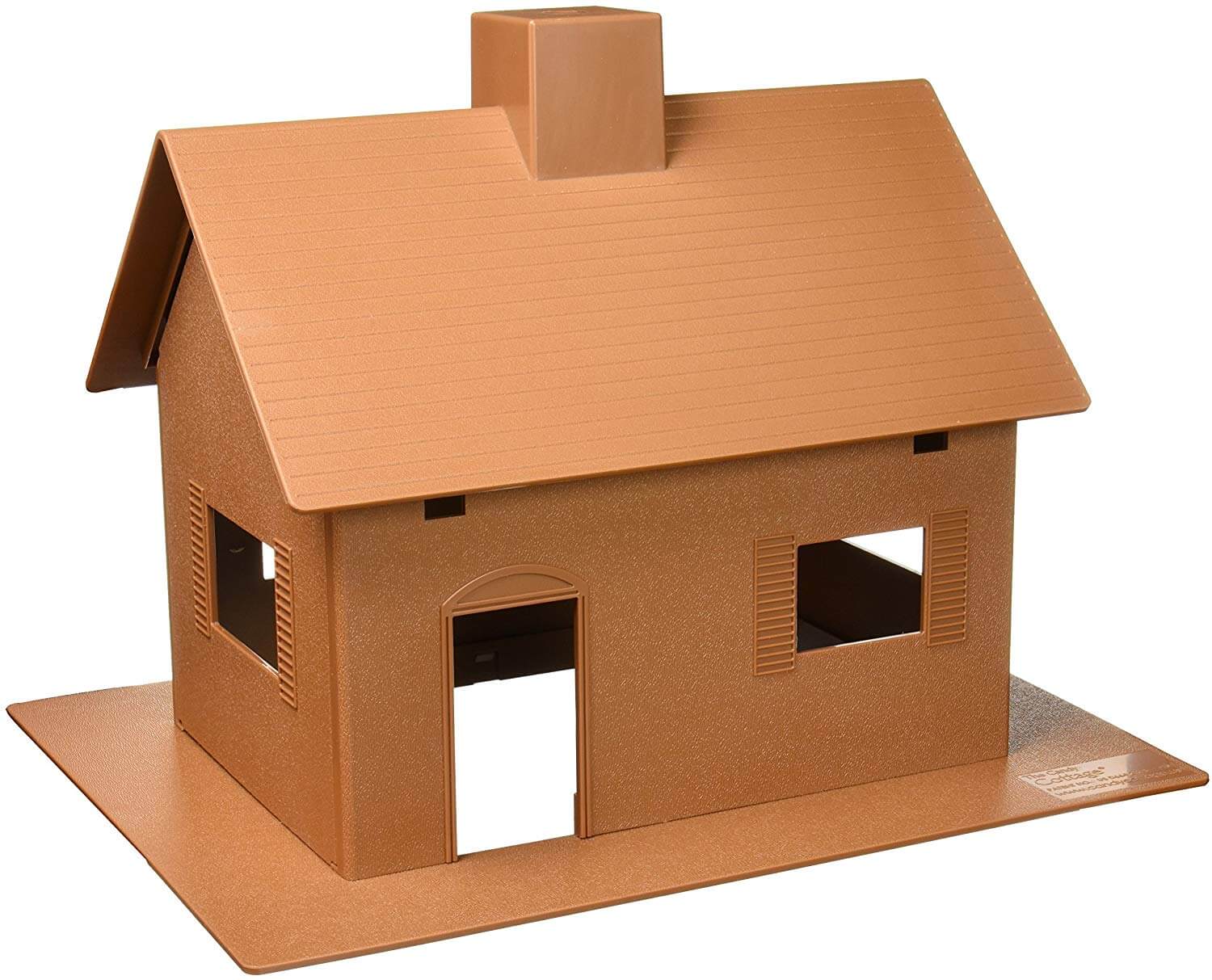
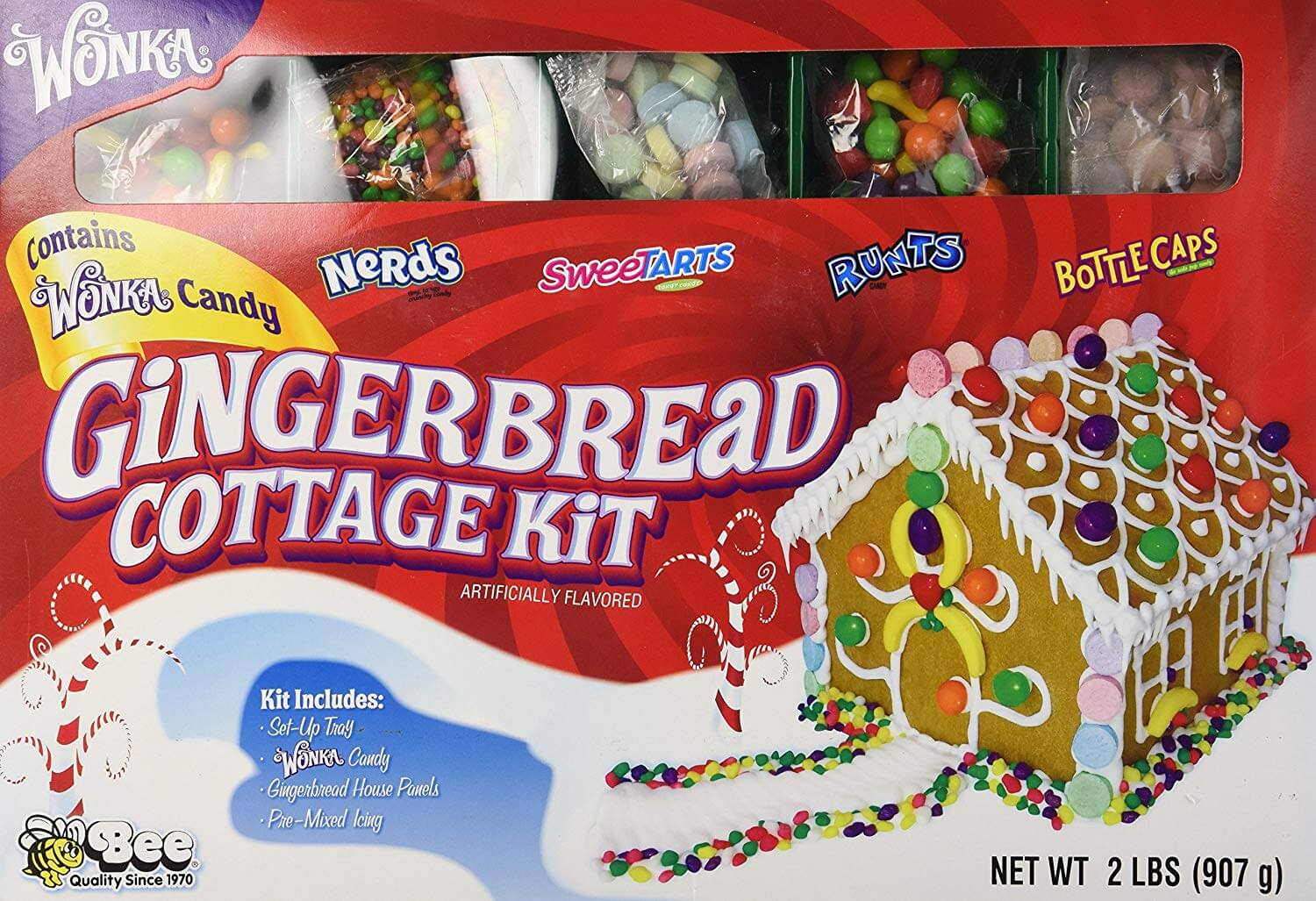
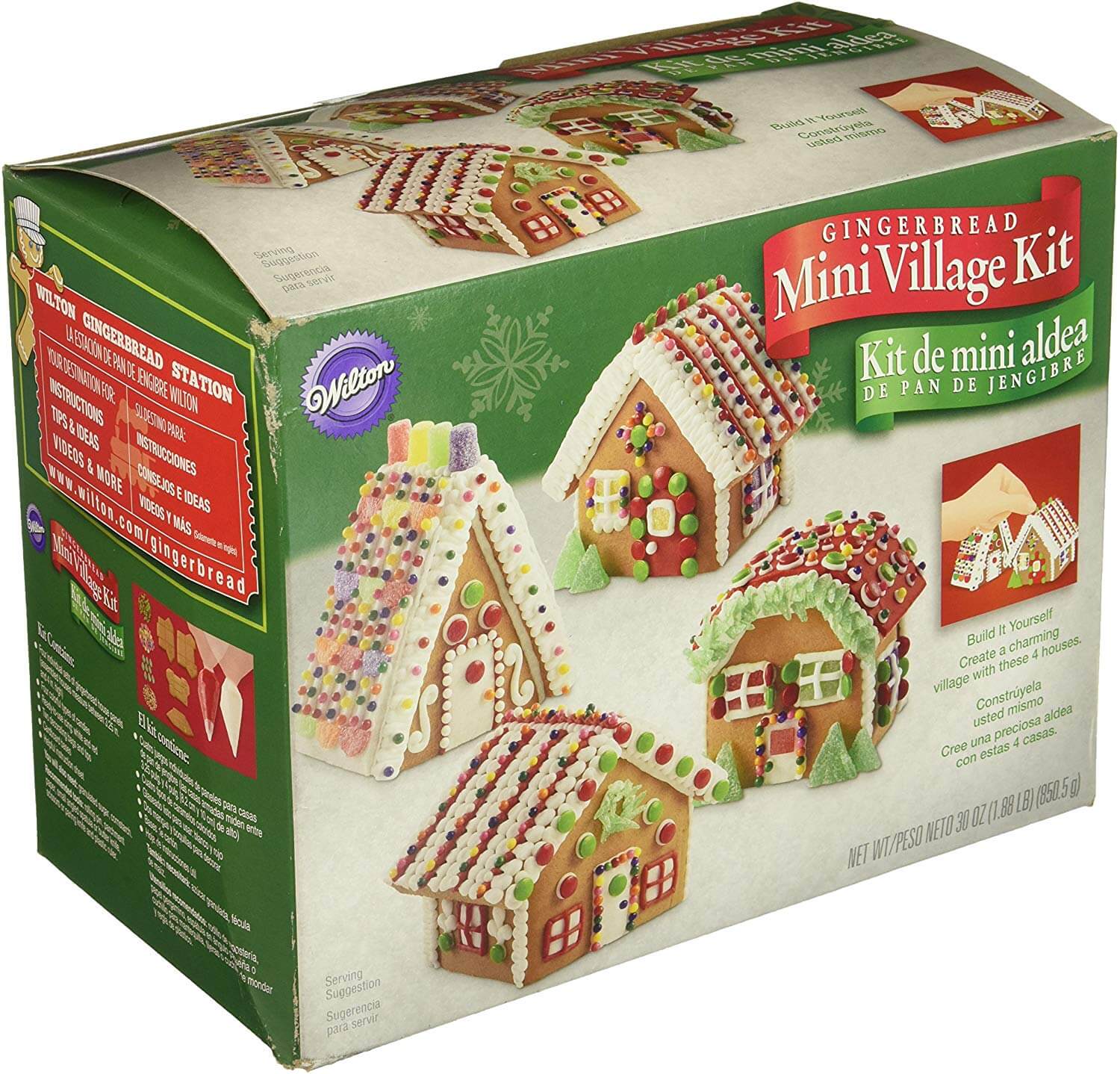
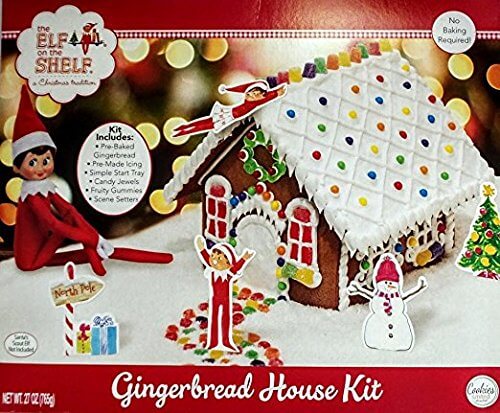


Related Posts
The 10 Best Kitchen Tongs in 2023
The 10 Best Avocado Oils for Cooking in 2023
The 18 Best Fruit Infuser Water Bottles in 2023